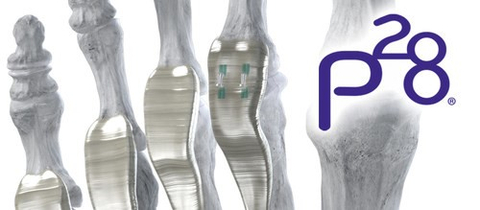ENGLEWOOD, Colo.– Paragon 28, Inc. (NYSE: FNA), a leading medical device company exclusively focused on the foot and ankle orthopedic market, announced today an expansion of its hammertoe and soft-tissue portfolio with the launch of its Paratrooper™ Plantar Plate Repair System. The Paratrooper™ Plantar Plate System’s low profile, all-suture implant provides surgeons a new and innovative approach for plantar plate repair and forefoot deformities.
Paragon 28’s CEO, Albert DaCosta, commented, “Repair of the plantar plate has historically been one of the more challenging pathologies within the hammertoe sub-segment. We are thrilled to have developed an all suture-based, low profile and versatile implant capable of treating a variety of plantar plate conditions. The Paratrooper™ Plantar Plate system adds to our growing portfolio of soft tissue products and the Hammertoe segment remains a strategic focus for the company as it is one of the fastest growing markets, with opportunities for significant improvements in patient outcomes.”
The addition of the Paratrooper™ Plantar Plate System bolsters Paragon 28’s hammertoe product offering, which includes the TenoTac™ Soft Tissue Fixation System, HammerTube™ Hammertoe System, Mini-Monster® Screw System, and JAWS Staple System. With this comprehensive portfolio, Paragon 28® provides its customers innovative forefoot solutions to address flexible and rigid contractures of the lesser toes.
Based in Englewood, CO., Paragon 28, is a leading medical device company exclusively focused on the foot and ankle orthopedic market and is dedicated to improving patient lives. From the onset, Paragon 28® has provided innovative orthopedic solutions, procedural approaches and instrumentation that cover a wide range of foot and ankle ailments including fracture fixation, hallux valgus (bunions), hammertoe, ankle, progressive collapsing foot deformity (PCFD) or flatfoot, charcot foot and orthobiologics. The company designs products with both the patient and surgeon in mind, with the goal of improving outcomes, reducing ailment recurrence and complication rates, and making the procedures simpler, consistent, and reproducible.


